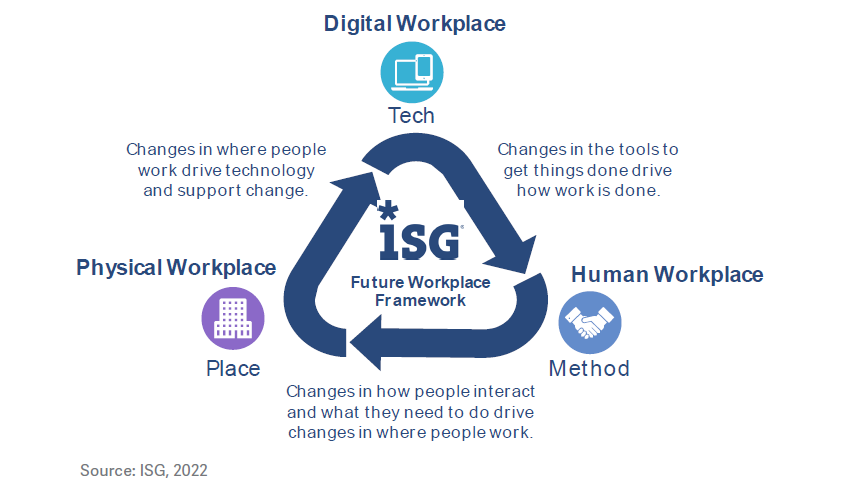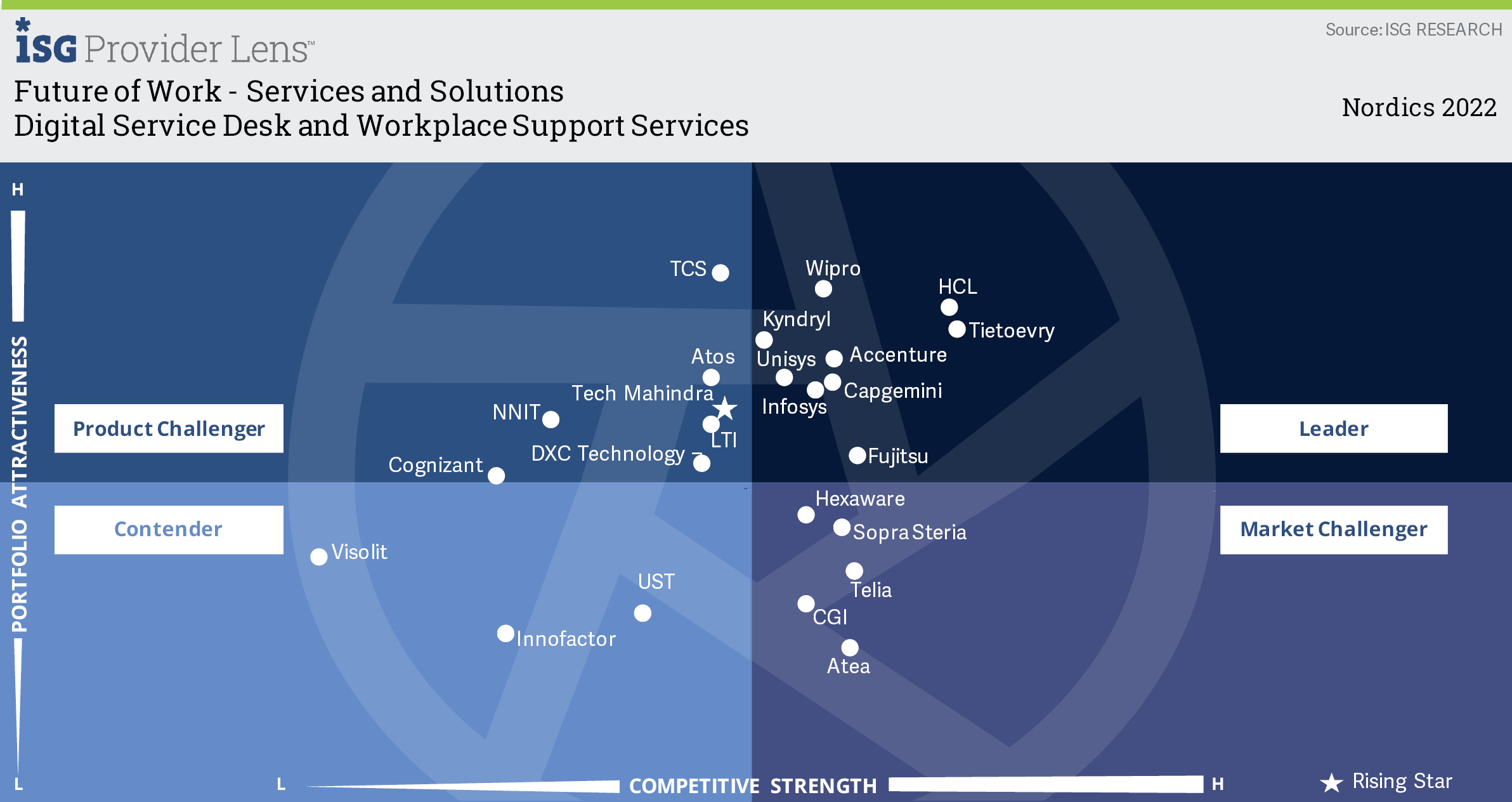It’s well proven that knowledge workers are more productive and engaged given the flexibility of where and when to work.
Something amazing has happed to the workplace during the last three turbulent years. I’ve seen low value work reduced to a minimum, and people coming together to work across silos and hierarchies. All just focusing on getting things done. Leaders had to simply trust their employees without top down management. People experienced unprecedented control, flexibility, trust, accountability, autonomy. And they don’t want to go back to the “old ways” of rigid work models.
Companies in the Nordics have well adopted the hybrid work model, embracing the reality that their employees both enjoy and expect the flexibility to work remotely. It’s an important factor in closing the gap of talent shortage. And many unbiased surveys show that employee satisfaction increases with hybrid work. Still, both leaders and employees struggle to find a balance between individual self-productivity, and the need for social interaction at the office.
The hybrid future of work, as defined by ISG, is characterized by three kinds of workplaces: (i) The digital workplace that includes the underlying technology; (ii) the physical workplace that defines the location or place of work as both in-office premises and remote; and (iii) the human workplace that describes the methods, processes, and cultural aspects.

So how can we find the right mix between the digital, physical and human workplace? How can we tell if people are productive when working from home? And how can we support them in the future digital transformation?
Well, first we need to trust our people! Don’t make rigid office policies for those few abusers. By now it is well proven that knowledge workers are in fact more productive and engaged given the flexibility of where and when to work.
To quote Satya Nadella: “People come (to the office) for other people, people don’t come (because of a) policy. They come for the connection they want to have.”
We can use technology to support these connections, and help foster a trust culture by empowering employees with the right toolset for effective digital collaboration. That way we enable our teams to independently find the right balance of hybrid work.
Secondly, we need to support the individual needs. Some employees need user adoption training and coaching in the digital transformation. Others are “digital natives” and expect cutting edge tools and technology. (It’s worth noting that the Z-generation – born in the late 90s and early 2000s – is entering the workforce and will constitute ca 25% of the resources within two years.) And we’re all different in how and where we prefer to work. Which means we need to provide our people with the appropriate choice of devices, tools and applications.
And finally, we need to be data-driven! Digital workplace services have moved from focusing on technology and simply end-user computing, to being a central part of the company’s digital transformation.
The tech services are now integrated with transformation initiatives, with stronger emphasis on outcomes and value. That means we need to measure and analyze facts on the employee experience, needs, productivity, and retention. Combine this data with sentiment surveys, and you’ll have powerful tools to drive improvements and decisions in the digital transformation.
According to ISG, Nordic enterprises need to establish clarity for hybrid requirements by evaluating the different employee demands, expectations, team needs and organizational needs. Corporate IT is expected to meet these requirements, and to play a central role in redefining the business and operating models for hybrid work. Many of the needs can be resolved by modern technology, and IT leaders are strategically investing in solutions that can improve the employee experience, no matter their work location.
Just keep in mind, the future of hybrid work is not just about enabling our people to work from home. It’s about continuously shaping the company culture, digital solutions, and ways of working, in order to support the employee’s needs and secure their engagement and productivity.
ISG Provider Lens™ 2022 Future of Work - Services and Solutions 2022 research

The recently published report analyzes the relevant service providers in the Nordics market. As enteprises are recovering from the Covid-19 pandemic there is a switch towards hybrid work. Organizations are now strategically investing in technologies to improve the employee experience in the location of their workers’ choice.
Tietoevry was positioned as a leader in all the four quadrants covered in the report.